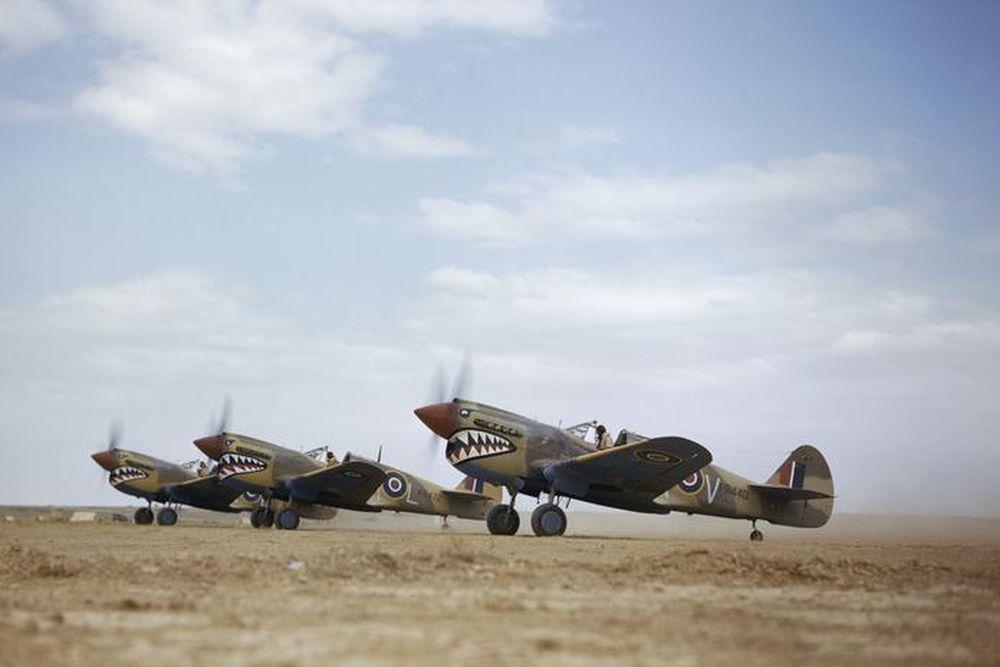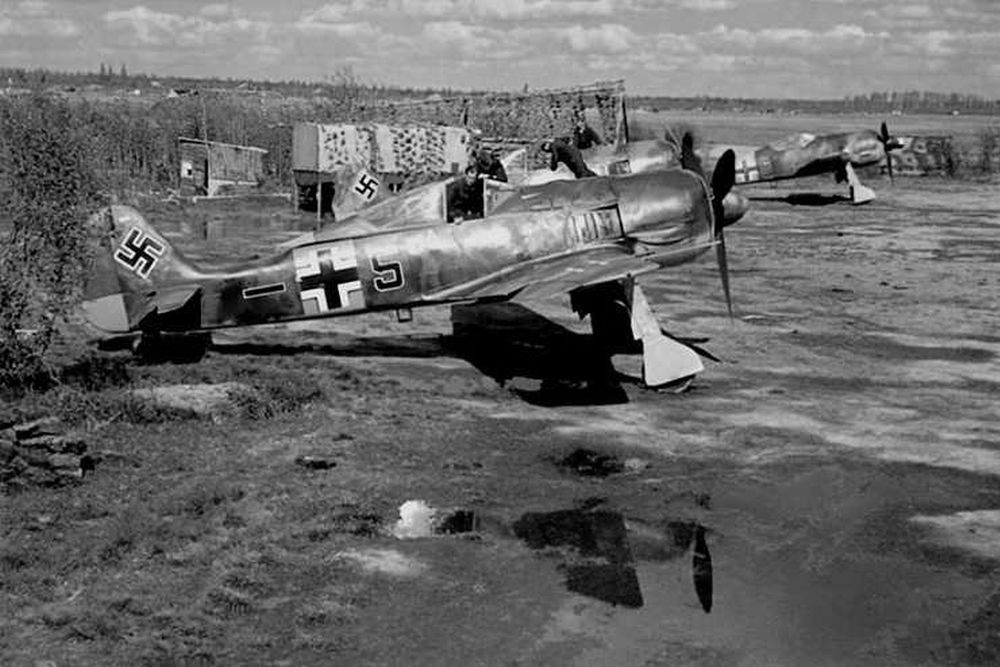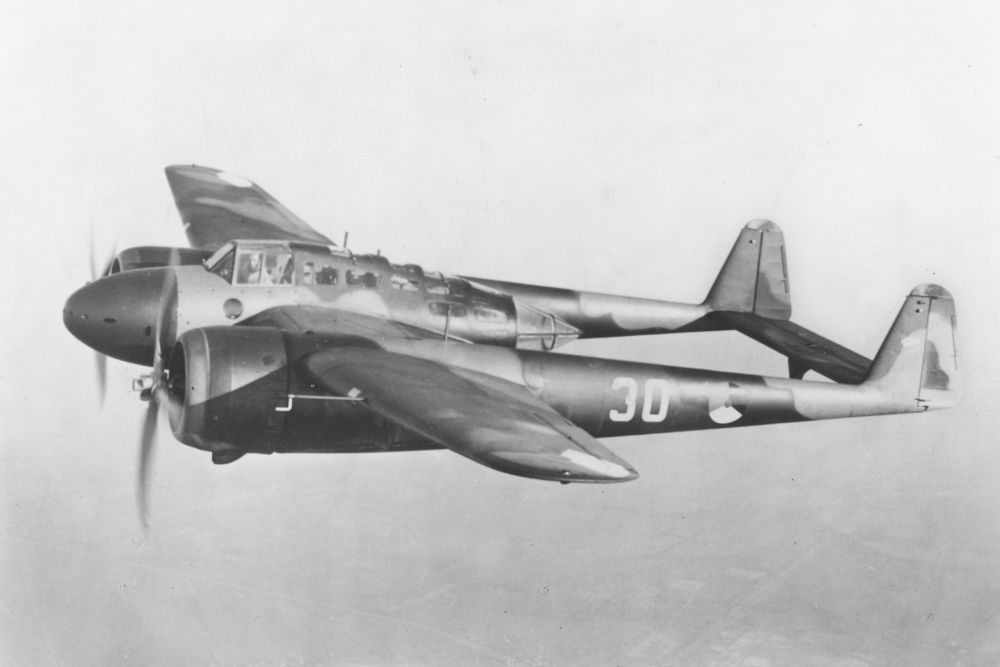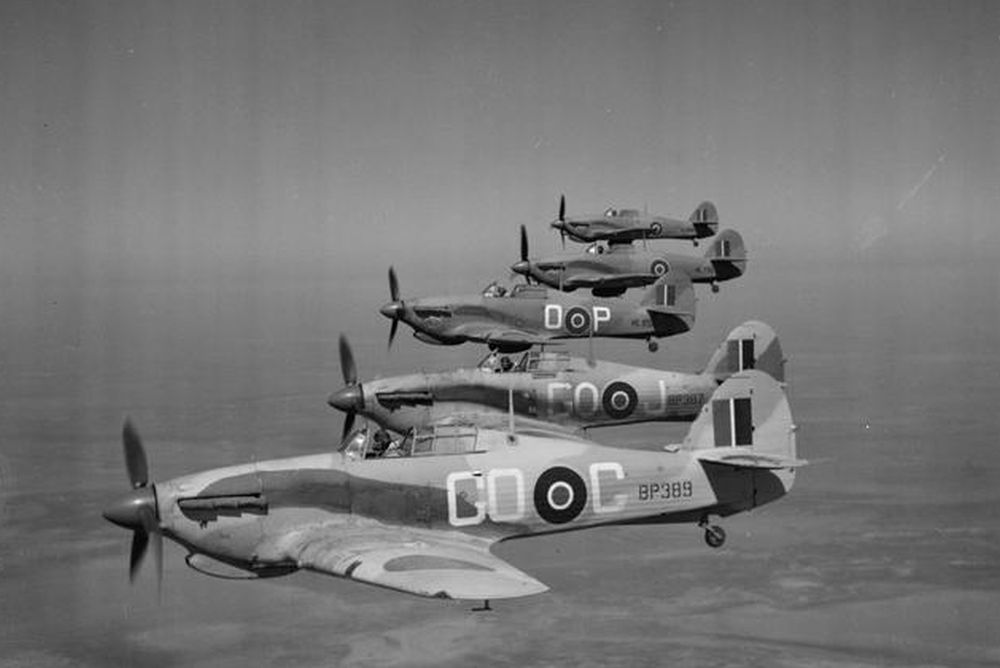Articles
- Article by Wilco Vermeer
- Published on February 24th, 2025
Curtiss P-40 Warhawk
The Curtiss P-40 Warhawk was an American fighter aircraft that first flew in 1938. It was a modified version of the Curtiss P-36 Hawk. The P-40 would become a successful aircraft that served in with many Allied air forces until after the Second World War. When production ceased in November 1944, a total of 13,738 of various types had been manufactured. The aircraft was known as Warhawk to the Americans. Among the other Allies, the early types were known as Tomahawk and the later ones as Kittyhawk. The aircraft was particularly successful as a fighter aircraft for lower altitudes and as an escort fighter and fighter-bomber. The aircraft took part in almost all theatres of war during the Second World War.
- Article by Wilco Vermeer
- Published on December 13th, 2023
Focke Wulf Fw 190
In addition to the Messerschmitt Bf 109, the Focke Wulf Fw 190 belongs to the most important fighter aircraft of the Luftwaffe during World War Two. When the Fw 190 entered service in 1941, it could rightfully claim the title best fighter in the world. It performed far better than the best Allied fighter of the day, the Supermarine Spitfire Mk V. More than a year later, a new generation of Spitfires, the Mk IX, would match the Fw 190. After that time, this fighter was an even match for the best Allied fighters due to its excellent adaptability.
- Article by Wilco Vermeer
- Published on February 29th, 2012
Fokker G.1 (G-1)
On his own initiative Fokker built a, for those days, very modern looking aircraft in 1936. The twin boom tail, the short fuselage and the two engines were characteristic. Though it was intended to be a fighter aircraft, the machine got the type casting of "fighter cruiser" in order to express the extra characteristics compared to a fighter. It was a true cruiser. Even when the aircraft had not yet made its maiden flight, it was the focus of the attention at the Paris Air Show of 1936 because of its appearance and heavy armament (two 23 mm Madsen guns and two 7.9 mm machine guns in the nose cone and a flexible 7.9 mm machine gun in the rear of the fuselage).
- Article by Wilco Vermeer
- Published on November 28th, 2023
Hawker Hurricane
The British victory after the Battle of Britain is usually attributed to the legendary Supermarine Spitfire. Honesty compels to mention though that during this battle, the majority of the RAF squadrons hadn't been equipped with the Spitfire yet but with the Hawker Hurricane. This successful airplane, of which over 15,000 have been delivered between 1937 and 1944, saw action on almost all battlegrounds of WW2.





